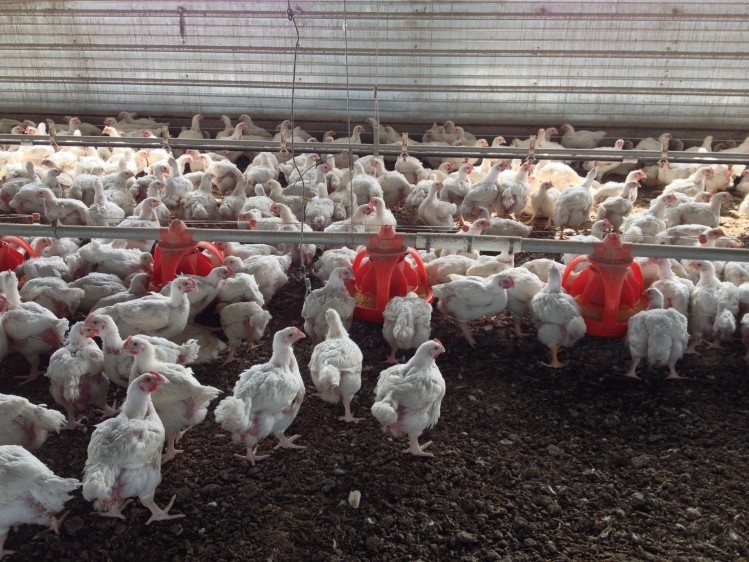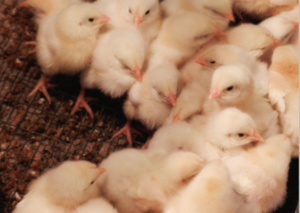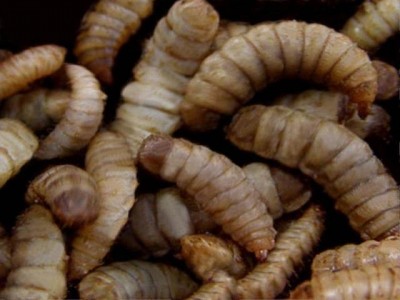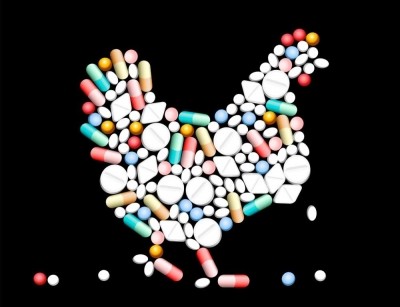Interview with Marty Matlock, University of Arkansas (Part 2)
Sharing US crop production know how could boost sustainability of poultry industry worldwide

In a 50-year evaluation of the poultry industry, researchers have found that changes made in how poultry feed is grown and produced have been a major part of allowing the industry to be more sustainable said Marty Matlock, executive director of the Office of Sustainability at the University of Arkansas and professor of biological and agricultural engineering. He spoke on the topic last month in Atlanta at IPPE.
“We evaluated the history of poultry production, layers, pullets, broilers to evaluate key performance indicators and sustainability – what we’d call a retrospective analysis – to see how far we’ve come,” he told Feed Navigator. “The question is, ‘Where do we come from? What’s worked in the past? What do we need to do to get better in the future?’”
The work evaluated energy use, greenhouse gas emission and effect along with water use and land use, he said.
About 70% of the environmental effect that poultry production generates in terms of energy, water and land use and greenhouse gas emissions stem from feed, said Matlock.
“The biggest improvement [over the last 50 years] is in land,” he said. “It takes less land to produce a kilogram of bird or live weight at the farm gate.”
“For animal agriculture most of the impacts are in the feed, and it makes sense if you look at the life cycle of an animal product, whether it’s milk or eggs or animal protein, the rate of conversion of feed to that product really determines the efficiency and effectiveness of that production system,” he said. "It also determines the impact it has on the environment.”
Sharing practice
Although many changes have been made to feed and bird production in the US, more benefits could be seen by sharing that information globally, said Matlock. “We’ve still got room to improve in the US, but for global production we’re just getting started at bringing the kinds of yields we have in the US to the rest of the world,” he added.
Sharing modern practices and new technologies will help develop a system to offer sustainable protein to the planet’s growing population, he said. “In my experience that means using every tool in our tool box to reduce erosion, to increase soil organic carbon to reduce water use overall and water use per unit of crop,” he added.
“You’ve got to have good feed, and reliable feed, and safe feed,” said Matlock. “Safe, secure and stable feed supplies to the barn; and then good genetics, and good environmental controls and good animal health in the barn in order to have product coming out of the barn; and then you better have a safe processing and distribution system out of the barn to the consumer.”
It also means helping others develop a better understanding of their soil and land management, he said. That work is needed to improve and stabilize crop yields to generate the needed feed.
“We start with the feed, and if we can’t get that right nothing else is going to matter,” he said.
However, it doesn’t mean there aren’t next steps to be taken to improve production and practices in the US, said Matlock. In the US, more attention could be given to soil health and using conservation tillage practices along with managing the risks from increasingly changing weather patterns.
“We start every discussion about any production systems about sustainability with three axioms – everything is connected, everything is changing and we’re all in this together,” he said








